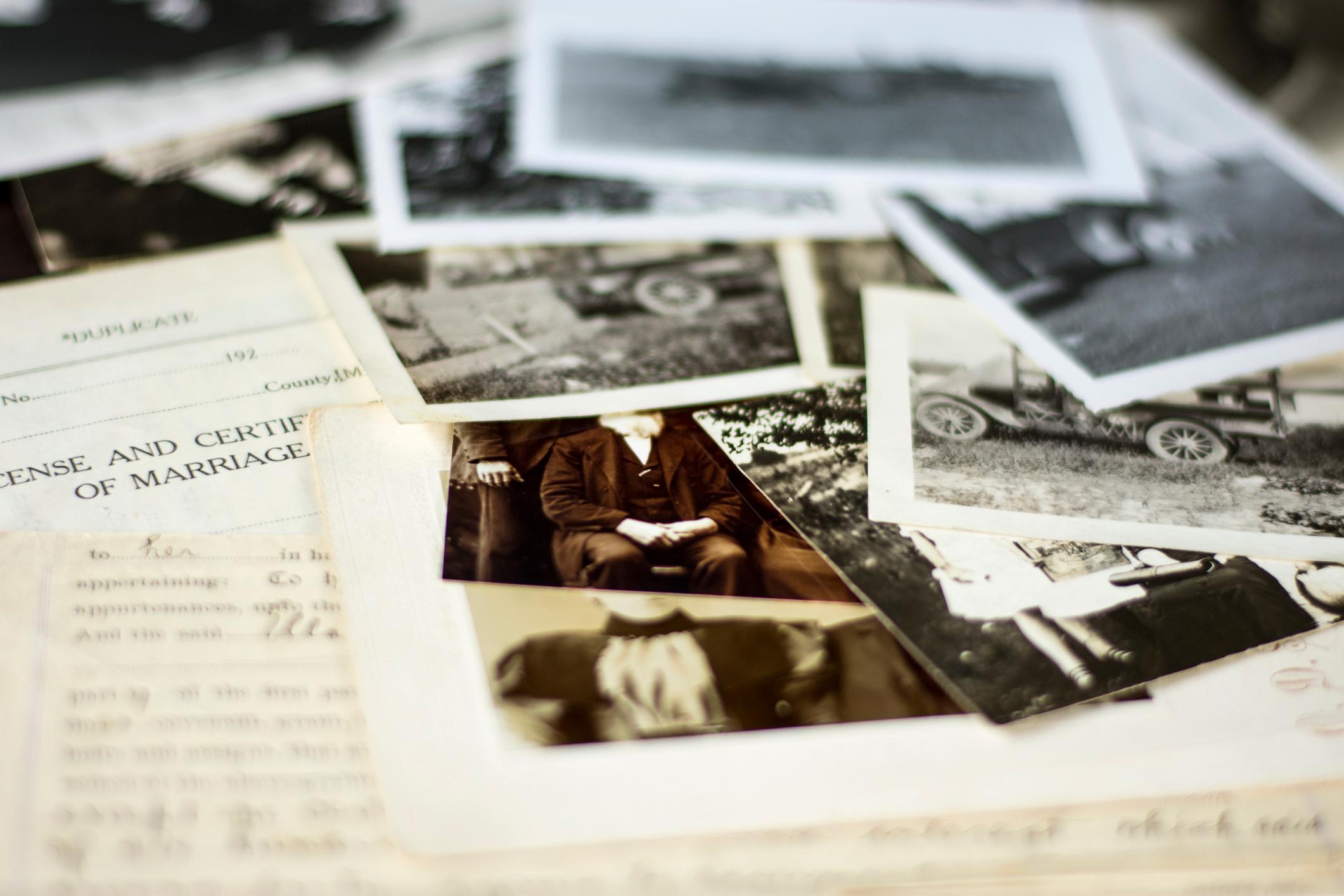MENU
Starting a Business
- Best Small Business Loans
- Best Business Internet Service
- Best Online Payroll Service
- Best Business Phone Systems
Our Top Picks
- OnPay Payroll Review
- ADP Payroll Review
- Ooma Office Review
- RingCentral Review
Our In-Depth Reviews
Finance
- Best Accounting Software
- Best Merchant Services Providers
- Best Credit Card Processors
- Best Mobile Credit Card Processors
Our Top Picks
- Clover Review
- Merchant One Review
- QuickBooks Online Review
- Xero Accounting Review
Our In-Depth Reviews
- Accounting
- Finances
- Financial Solutions
- Funding
Explore More
Human Resources
- Best Human Resources Outsourcing Services
- Best Time and Attendance Software
- Best PEO Services
- Best Business Employee Retirement Plans
Our Top Picks
- Bambee Review
- Rippling HR Software Review
- TriNet Review
- Gusto Payroll Review
Our In-Depth Reviews
- Employees
- HR Solutions
- Hiring
- Managing
Explore More
Marketing and Sales
- Best Text Message Marketing Services
- Best CRM Software
- Best Email Marketing Services
- Best Website Builders
Our Top Picks
- Textedly Review
- Salesforce Review
- EZ Texting Review
- Textline Review
Our In-Depth Reviews
Technology
- Best GPS Fleet Management Software
- Best POS Systems
- Best Employee Monitoring Software
- Best Document Management Software
Our Top Picks
- Verizon Connect Fleet GPS Review
- Zoom Review
- Samsara Review
- Zoho CRM Review
Our In-Depth Reviews
Business Basics
- 4 Simple Steps to Valuing Your Small Business
- How to Write a Business Growth Plan
- 12 Business Skills You Need to Master
- How to Start a One-Person Business
Our Top Picks
The Rule of 9’s: Will Charm Pricing Work for Your Business?

Table of Contents
Many sales experts believe that charm pricing, also known as psychological pricing, can have a dramatic impact on sales. While this method made its mark with the success of infomercials, most retailers can take advantage of charm pricing and the emotional triggers evoked by the right price.
What is charm pricing?
Charm pricing claims the way you price the product will affect its sales and that figures ending in an odd number such as a five, a seven or a nine will sell better than others.
A wide body of research, in fact, has confirmed that this occurs because consumers read from left to right with precipitously decreasing attention. This means that consumers interpret $4.99 as $4 rather than $5, and $497,500 as $400,000 rather than $500,000.
This might sound absurd, but humans are pain-avoiders and prices that start with a lower initial digit feel better than higher ones. The lower the price of an item, the lazier consumers get. Emphasizing the first digit works for all sorts of businesses.
What is the rule of 9s?
The rule of nines is a popular method of charm pricing to increase sales. This method uses a nine, usually at the end of the price, to help sell a product. Think about that sale price of $49.99. This price is seen as $49, not $50 and, as a result, is more attractive to customers. However, nine is just one of the numbers used in charm pricing. This method can use any odd number – for instance, fives and sevens are frequently used as well. Charm pricing is effective for products and services where people want the best possible deal.
Marketers refer to prices containing the number nine or other odd numbers as precision prices. Think of big-box stores where lots of products are priced at $9.97 or $14.99. Every person walking into Walmart is there primarily to save money. The lower the price looks, the less “pain in paying” is involved.
What types of customers like charm pricing?
Whether or not charm pricing will work depends on the type of customers you target. There’s a difference between customers driven by price and customers driven by deals.
Bargain-driven buyers
Customers looking for the best deal on a product or service are bargain-driven buyers. A person might focus on bargain-hunting for certain essentials, such as groceries and household goods. This is the prime target for charm pricing because buyers are looking for the lowest-priced version of what they need. It makes them feel good to get things at the best price.
As two researchers explain in an article for Psychological Science, people create mental measuring sticks that run in increments away from any opening bid. They walk into a big-box store thinking that a bag of dog food should cost around $20, so if it’s $19.95, they escape the “pain of payment.” They may even get a slight jolt of glee at besting Walmart. The $19.95 price feels like a discount and a win.
This discount thinking can occur on a large scale as well. Consider the housing market. Researchers examined five years of real estate sales in Alachua County, Florida. The more precisely a seller priced a home (say $497,500), the more quickly it sold. Also, initial offers for this charm-priced home were higher than for homes with prices like $500,000. Home buyers who see a charm price assume the price has already come down a bit and the owners are looking to sell quickly. Buyers’ egos will allow them to make a deal in which they believe they have more power.
You can test your market to see what type of buyer you have. Run a test with an item for sale using an eight at the end of the price, then try pricing the same item with a nine. See which one performs better.
Value-driven buyers
Charm pricing works on buyers looking for the best deal. But buyers aren’t always looking for that. Charm pricing doesn’t work with value-driven buyers. In a sellers’ market, homebuyers could be looking to purchase anything in the neighborhood they desire. In that sense, they will be value buyers.
Value buyers have goals other than finding the lowest price or saving the most money. They desire a product that delivers the most for their status or life goals. Those looking for a home may value the quality of local schools just as much as the price. Particularly if operating in a sellers’ market, these buyers will already know prices of other homes available. To get the home and the premium school, they will put their egos second. Making the smartest deal or getting a discount is not as important for such buyers.
Value buyers can also be found in the clothing market. Brooks Brothers, J. Crew and Ann Taylor’s prices are rounded. For example, a dress shirt at these vendors might cost $165; ties are priced at $85 and up. The value of the dress shirt goes beyond warmth and discretion. They indicate status, power and achievement. These stores may have some precision prices, but only on their sales pages, which tend to be hidden.
In contrast, go to the websites of Kohl’s or JCPenney and you will find lots of items priced at $29.99 and lower right on the first page. Kohl’s and JCPenney buyers, who typically have lower incomes, focus closely on price. Survival takes precedence over ego for these buyers. They must pay rent and buy food as well as clothe themselves.
In other words, while they feel excited when something flatters them, their brains can override these feelings when they look at the price tag. Knowing whether your clients are bargain-driven or value-driven is critical when determining your pricing strategy.
Bargain versus value buyers can be a matter of income level. Another dimension buyers should consider is whether their products speak more to emotions or reason.
Emotional buyers
For buyers motivated by emotions like anticipation or excitement, research indicates that rounded numbers create less of an obstacle to purchase. A study published in the Journal of Consumer Research found that this is because rounded numbers are easier to process. Rounded prices support the forward momentum the feelings incite.
The study authors used the example of camera buyers. A buyer excited about an upcoming vacation is more willing to spend a rounded number like $350. The camera buyer who needs to buy a camera to document items for an estate sale, on the other hand, is more likely to go for the $297 price. This second buyer is in a more rational, intellectual mode, and more focused on the price than the added joy or value the camera will bring.
Rational buyers
On the other hand, rational buyers impart logic on the sale and will rationalize the better price for the purchase. For example, a rational buyer might see a brand of toothpaste on sale for $4.99, less than the $5.25 price of their usual brand of toothpaste. The rational buyer sees the deal that they are getting for a product they already intend on buying, even though it isn’t the same brand. It makes sense to pull the trigger and buy it now.
The sale makes the obstacle to purchase lower and motivates the consumer to buy now while they can get the most for their money.
The right pricing model can help you generate more sales leads.
Does charm pricing apply online?
Charm pricing makes the buyer feel as if there is a discount on the product, whether there really is or not. This is why many online retailers use charm pricing. The psychology is the same online as it is in a brick-and-mortar business. Customers looking for bargains and taking the time to rationalize the sale will be more highly motivated when buying something that ends in a nine, seven or five.
Take a look at Amazon. Its price model is based on offering the lowest possible prices for products. This means that Amazon might change the prices of products daily depending on the volume. If you look at common Amazon pricing samples, you’ll see that they employ charm pricing on their products.
A quick search for a pack of pens on Amazon shows that a BIC Round Stic costs $5.49 per pack. This keeps the psychological price of the pens closer to $5 than $6.
Are 99-cent stores changing their pricing due to the economy?
The 99 Cents Only Store has made an entire business model out of selling things for 99 cents rather than $1. It markets to bargain hunters looking for the best deal, even though it might not always offer the best price in reality. However, recent changes in the economy have forced the 99 Cents Only Store to raise its prices to $1.25. Even with the higher prices, the charm pricing model still exists. Remember that charm pricing uses odd numbers, and five is a commonly employed number for successful campaigns.
Erik Wahl contributed to the writing and reporting in this article.










